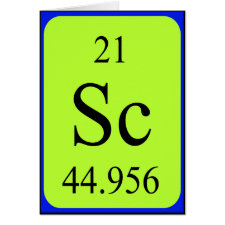
Authors: Tong AJ, Dong H, Li LD
Article Title: Molecular imprinting-based fluorescent chemosensor for histamine using zinc (II)-protoporphyrin as a functional monomer.
Publication date: 2002
Journal: Analytica Chimica Acta
Volume: 466
Issue: (1)
Page numbers: 31-37.
DOI: 10.1016/S0003-2670(02)00471-3
Abstract: A commercially available reagent zinc(II)-protoporphyrin (ZnPP) is used as a novel fluorescent functional monomer to synthesize molecularly imprinted polymers (MIPs) for the selective recognition of histamine. ZnPP having a Lewis acid binding site Zn, binds with the imidazolyl group of histamine through coordination. Association constant (K-ass) and the number of accessible sites (N) between the MIP and the template are found to be dependent upon the template concentration. By using Scatchard's plot, the K-ass and N are determined as 4500 l/mol and 180 mumol/g when the concentration of histamine is 0.1-1 mmol/l, but the two values are obtained, respectively, as 270 l/mol and 1100 mumol/g when the concentration is 4-10 mmol/l. The binding ability was also evaluated more accurately with a multi-binding model. Highly binding affinity is found for the ZnPP-based polymer than that only using methacrylic acid (MAA) as a functional monomer. Fluorescence intensity of the MIP decreased with histamine concentration but saturation behavior is observed when the histamine concentration is above 1 mmol/l, indicating that histamine no longer coordinated with ZnPP in the MIP and led to the low association constant at this condition. (C) 2002 Elsevier Science B.V. All rights reserved



Join the Society for Molecular Imprinting

New items RSS feed
Sign-up for e-mail updates:
Choose between receiving an occasional newsletter or more frequent e-mail alerts.
Click here to go to the sign-up page.
Is your name elemental or peptidic? Enter your name and find out by clicking either of the buttons below!
Other products you may like:
 MIPdatabase
MIPdatabase









